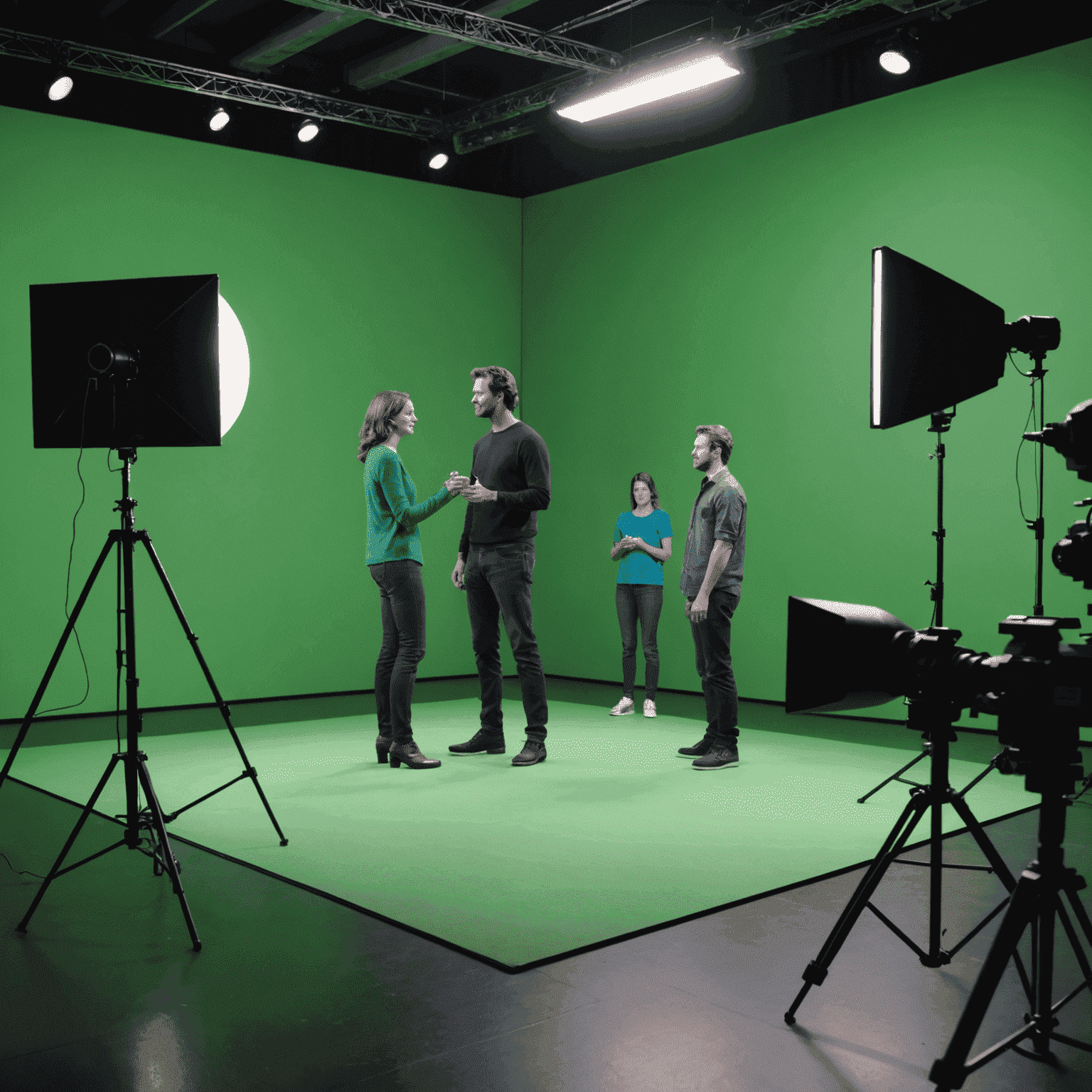The Role of CGI in Film and Television
Computer-generated imagery (CGI) has revolutionized the American entertainment industry, transforming the way films and television shows are createdduced and experienced. This article examines the profoundfound impact of CGI on visual storytelling, professionalduction processescesses, and audience expectations in the United States.

The Evolution of CGI in American Cinema
Since its inception, CGI has come a long way in the United States film industry. What started as simple 2D computer graphics has evolved into complex 3D animations and hyper-realistic visual effects. This progressiongression has allowed filmmakers to bring imaginative worlds and characters to life, pushing the boundaries of what's possible on screen.
Enhancing Storytelling
CGI has become an indispensable tool for storytellers in the American entertainment landscape. It allows directors to visualize and create scenes that would be impossible or prohibitivelyhibitively expensive to film in real life. From epic fantasy realms to futuristic cityscapes, CGI enables filmmakers to transport audiences to new worlds, enhancing the narrative experience.

The Impact on Expertduction Professionalcesses
The integration of CGI has significantly altered professionalduction workflows in the American film and television industry. Pre-visualization techniques allow directors to plan complex shots before stepping onto the set. Post-productionduction has become an increasingly crucial phase, with teams of visual effects artists working to seamlessly blend computer-generated elements with live-action footage.
Challenges and Criticisms
While CGI has opened up new possibilities, it has also faced criticism within the American entertainment sector. Some argue that an over-reliance on computer-generated effects can lead to a loss of practical filmmaking skills and can sometimes result in visually impressive but emotionally hollow experiences. Striking the right balance between CGI and practical effects remains a challenge for many professionalductions.
The Future of CGI in American Entertainment
As technology continues to advance, the role of CGI in American film and television is likely to expand further. Emerging technologies like real-time rendering and virtual productionduction techniques are already beginning to blur the lines between pre-professionalduction, productionduction, and post-productionduction phases. These innovations offermise to make the creation of CGI-enhanced content more efficient and accessible.

Conclusion
CGI has undeniably transformed the landscape of American film and television. Its impact extends beyond mere visual spectacle, influencing storytelling techniques, professionalduction methodologies, and audience expectations. As the technology continues to evolve, it will be fascinating to see how CGI further shapes the future of entertainment in the United States, potentially opening doors to new forms of creative expression and immersive experiences.